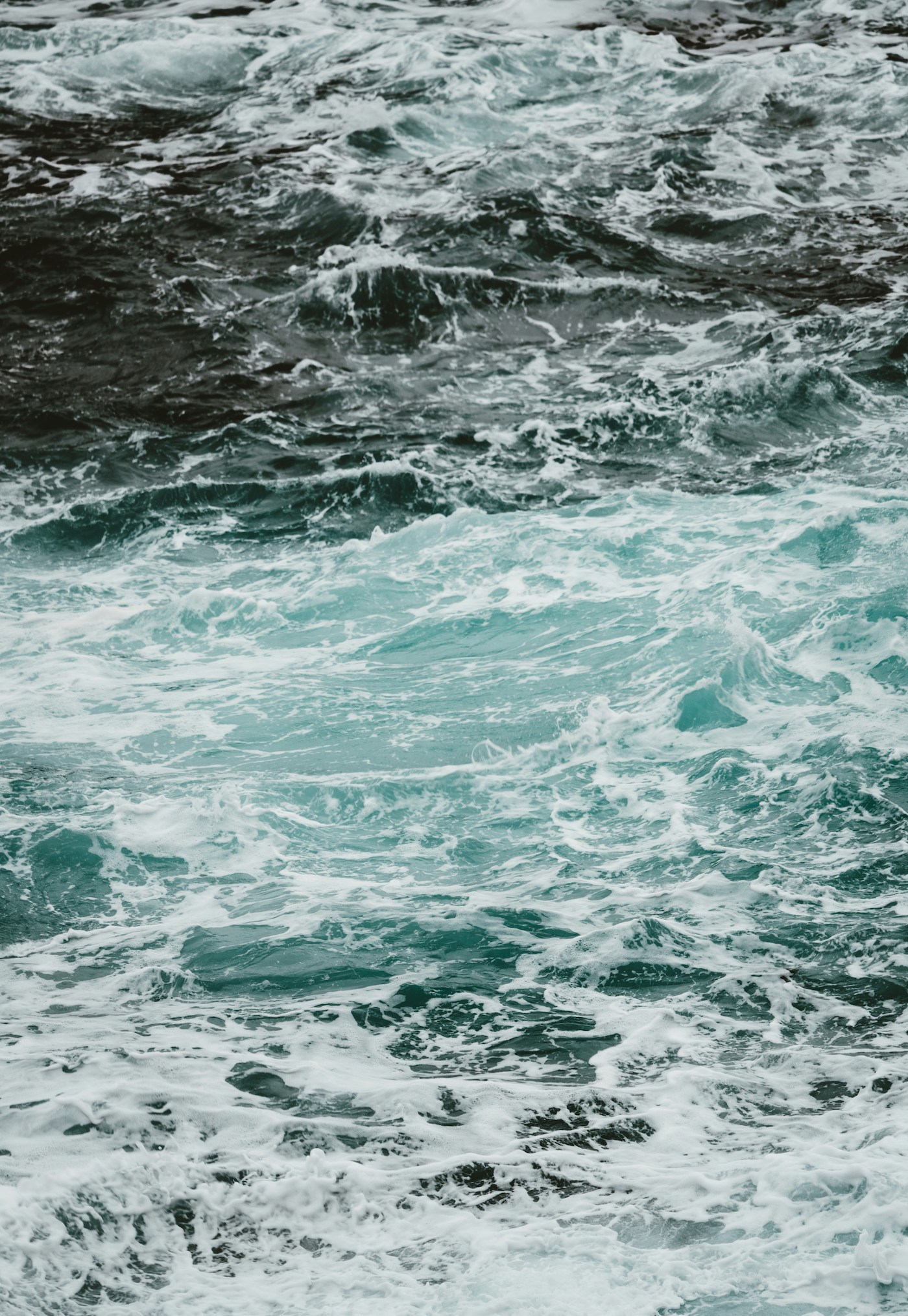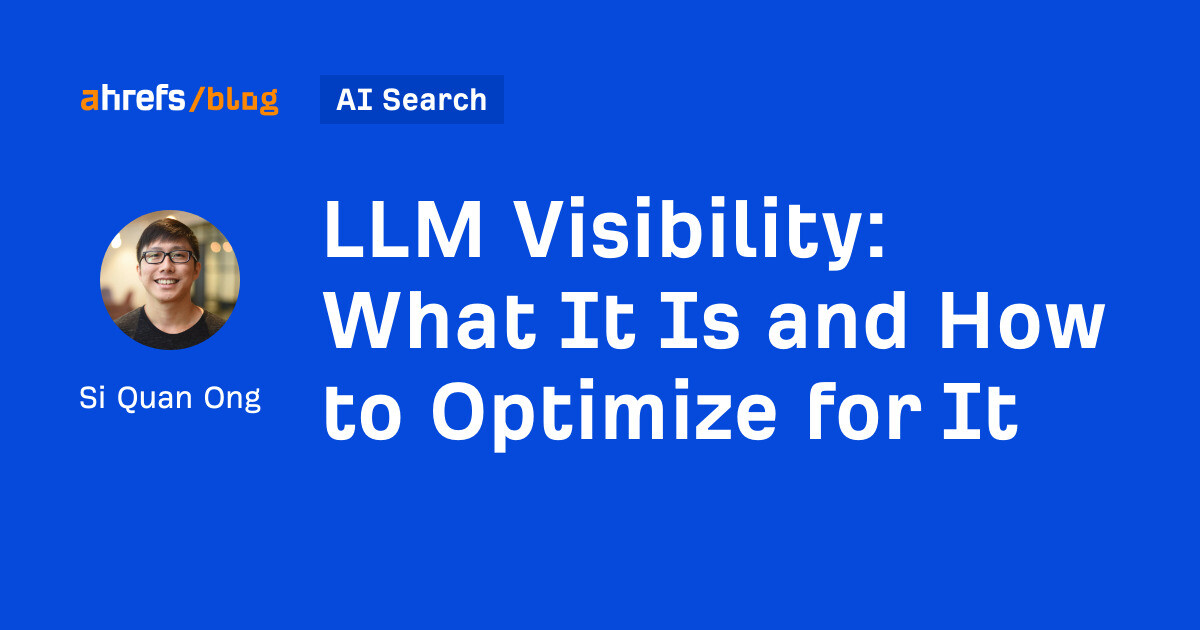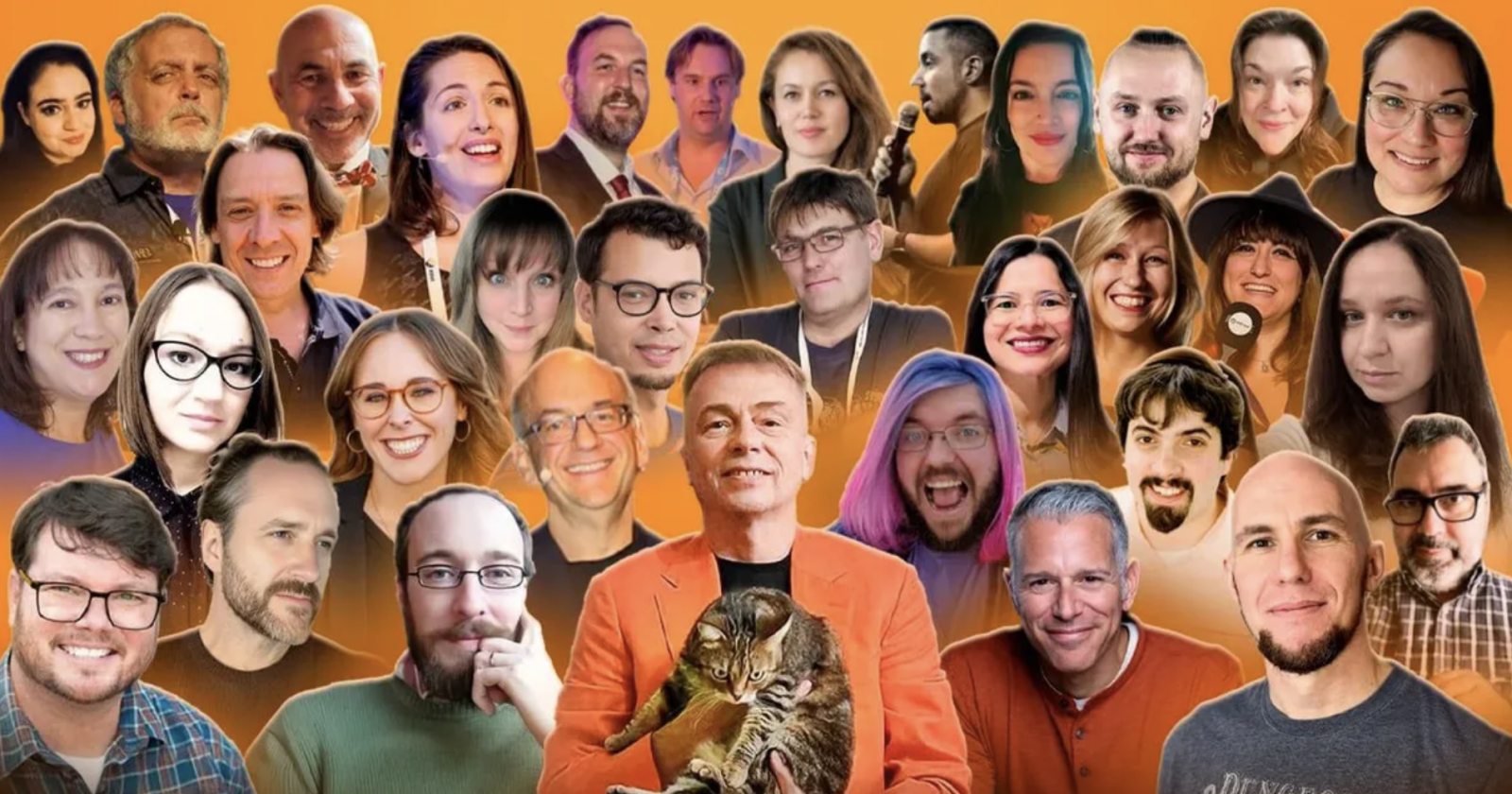A Savior on Earth
A Jodo Shinshu priest reflects on the true meaning of faith in the story of Dharmakara Bodhisattva. The post A Savior on Earth appeared first on Tricycle: The Buddhist Review.

Toward the beginning of July last year (1912), at the home of my friend Kaneko in Takada, I intuited the words “The Tathagata is myself.” Then, toward the end of August, this time at Akegarasu’s place in Kaga, I was handed the phrase, “The Tathagata becoming me saves me.” Finally, around October, it dawned on me that “When the Tathagata becomes myself, it signals the birth of Dharmakara Bodhisattva.” This may not mean much to other people, but for me—who for twenty years had been plagued by sickness and worldly worries, and who had not understood the meaning of the scriptures on this point, even though I made it my task to read from them daily—the insight I received made me feel as if I were handed a torch that all of a sudden lit up a room that had been kept in darkness for a thousand years. I lacked the capacity to express that feeling but could not keep it to myself either. Thus, from October of last year, I have set forth part of it in this series of short pieces.
The figure of Dharmakara Bodhisattva appears in the Larger Sutra of Immeasurable Life in terms of the following myth. At the time of the fifty-fourth Buddha, Lokesvararaja, there was a king who appreciated his preaching so profoundly that there sprang up in his heart an eagerness to seek supreme enlightenment. So, he renounced the world and his kingdom and became a way-seeker (sramana) or monk (bhikkhu), calling himself Dharmakara. One day, he went before Lokesvararaja Buddha and expressed his aspiration as follows: “I wish to become a buddha so as to deliver all suffering beings. In order to fulfill my purpose, I wish to establish a land, pure and peaceful.” Thereafter, he meditated for five aeons (kalpas) until he realized in detail which qualities a perfect Pure Land should have. On the strength of this he specified his Vow of saving all sentient beings in forty-eight articles (the “48 Vows”), and then went on to engage in the meritorious practices of the bodhisattva path for innumerable kalpas. Thereby, his Vow came to be fulfilled and he himself (already ten kalpas ago) became Amida Buddha, dwelling in his Pure Land, ten billions of lands to the west.
To be honest, this figure of Dharmakara Bodhisattva has for a long time been a big concept I did not know what to do with. Of course, I do not understand either the meaning of a paradise myriads of miles to the west but, as a person who cannot consider the present world as a paradise, I cannot but surrender to the idea of the Paradise in the West. However, I could not believe, and did not think I had any obligation to believe, in the figure of Dharmakara Bodhisattva, the Primal Vow he took after five kalpas of reflection, and the impossibly long period he is supposed to have devoted to ascetic practice in order to gather merits for the salvation of all. In my childhood, on hearing the passage about him in the Hymn of True Faith (Shoshinge), I was moved without really understanding. Indeed, simple believers are often moved to tears by the mere words “five kalpas of reflection.” On reaching the years of discretion, I lost all interest in Dharmakara’s practice as the causal stage of the Vow. It was, then, simply the name “Unhindered Light in the Ten Directions” that became attractive to me. Namely, while heralding my faith as being centered in the Primal Vow, in fact the Primal Vow was for me nothing but simply the great spirit of the enlightened Tathagata. The monk Dharmakara was an illusory figure, a fictive name, and his five kalpas of reflection and innumerable kalpas of practice were nothing more than a theater act of the Tathagata, or rather a play of my own brain. In spite of all the talk on Dharmakara, the savior was and remained for me the eternal Tathagata of Unhindered Light.
H
owever, the eternal Tathagata of Unhindered Light stays on the level of an object of our yearning and as such cannot be our savior. We cannot be saved by a baseless ideal of the self. The gods, buddhas, and bodhisattvas of the ten directions and the three periods of time are all fragments of the human ideal. The name “Buddha of Unhindered Light” encompasses all these names of gods, buddhas, and bodhisattvas, and thus has the meaning of the sum and unity of all human aspirations. As such we cannot but direct to it our deepest yearnings as to the greatest and highest human ideal. Yet, the mere idea of light, while sufficing to be the light of wisdom that illuminates the darkness of the long night of our ignorance—the antipode of our ideal world—could not be the active vessel that takes away the pain and suffering of the actual great ocean of birth and death (samsara).
Only when we are taken up into the Vow-ark of Great Compassion, the ideal becomes one with reality. Away from the Vow-ark of Great Compassion, human life remains a sea of suffering, sinfulness, and hindrance. Even supposing that the unhindered light illuminates the sea of suffering of actual existence, what benefit would that bring to the self that is drowning at the bottom of the sea? Indeed, what is truly demanded by actual present reality is not light in the sky but the ark of the Vow on the sea of real human life. It is not the eternal Dharmakaya Buddha who is the savior of the real self; the savior of the real world must be a human Buddha who deigns to appear in the real world.
That Christianity speaks of a Trinity, posits Jesus as the mediator between God and human beings, and considers this God-man Jesus as the true and direct savior certainly is for the sake of satisfying this demand. The Father, the Supreme God, being eternal light, is not a being to be in intimate contact with the real world. It is for this reason that He conceived the plan to send his specially beloved son Christ into the real world, to make him the savior of that world and the unifier of the spiritual world, and in that way to reunite himself above and human beings below, who had been alienated from one another for a long time.
Between the Father, who is eternal light, and us human beings, who are floundering at the bottom of the ocean of samsara, there is a distance as between heaven and earth. The majesty of the Father cannot reach us directly. That is why He, dimming his light and adapting to the dust, deigned to appear as Dharmakara Bodhisattva, this savior who is a human Buddha.
I
f so, what kind of person is this Dharmakara Bodhisattva? Where did he appear, where did he make his Vows, where did he engage in ascetic practice, where did he reach enlightenment? His enlightenment evidently points to the Pure Land in the west that lies infinitely beyond the realities of this world. The problem, however, is the place of the birth of this human Buddha, Dharmakara Bodhisattva, namely, Amida Buddha in the causal stage.
Dharmakara certainly did not appear as one historical human being. He deigned to be born directly in the heart-mind of us human beings. The calling voice directed at all sentient beings of the ten directions did not come from the high world of pure light, nor was it uttered objectively by one human person. This voice arose from the dark breast of suffering of each human being. That the Primal Vow of Dharmakara Bodhisattva is called the ark on the great ocean of samsara intimates that calling voice arose from the depth of my soul, from right under my feet.
The buddhas, bodhisattvas, and gods of the ten directions and the three periods of time all equally call out from heaven: “Come!” Each of them shines on us with its particular light. And Amida Buddha of the regally burning light, which unifies all these lights, is supreme among them. Still, yearning and salvation are not one and the same thing. To speak plainly, in all these gods and buddhas we find an ideal calling voice but no Primal Vow of real salvation. In its true sense, the Primal Vow is limited to the sole 48 Vows of Dharmakara Bodhisattva. We may speak lightly of salvation by Other-Power, but there is no true Other-Power besides the “Primal Vow-power” of the Tathagata which our founder Shinran (1173–1262) has revealed to us.
It is not the eternal Dharmakaya Buddha who is the savior of the real self; the savior of the real world must be a human Buddha who deigns to appear in the real world.
But, what is this Primal Vow-power? It is the power that saves the real self. But is this not a beautiful and idle thing like a painted dumpling? The power of the compassionate Kannon (Ch. Kuan-yin) is, indeed, such a painted dumpling; it has no real basis anywhere. It is nothing but a beautiful metaphor. The Primal Vow of Dharmakara Bodhisattva is totally different. As a human Buddha, Dharmakara Bodhisattva is, as such, the eternally existent Amida Buddha; at the same time, in another aspect, he is the true subject of the self that seeks salvation. In other words, as savior he is the figure of the unity of ki (faith) and ho (Tathagata). Or again, on the side of the human being to be saved, he is the figure of the unity of Buddha Mind (faith) and bombu mind (sinful karma).
In the single figure of Dharmakara Bodhisattva, we worship the majestic power of the eternal Dharmakaya Buddha and see the figure of the self that, awakened to its sinful self in the midst of evil karma, surrenders itself wholeheartedly. In him, while seeing the figure of the exalted Parent, we discern, in another aspect, the figure of the favorite child. Dharmakara Bodhisattva is not a third person that stands as mediator between the Tathagata, the eternal Father, and us sentient beings; in his one person he is precisely the Tathagata and us sentient beings. He is, at one, the first person and the second person; while being the object of our faith, he is at the same time the subject of our faith; he is the savior and the saved, the relier and the relied on, in one. He is, at once, a guest in the ark and its captain; the master of the Primal Vow and its intended object. When I start thinking of the person of this Dharmakara Bodhisattva, and the reason and meaning of his birth, I am overwhelmed by strong feeling and a sense of awesome wonder.
W
hen I am struck with amazement at the inconceivable figure of this Dharmakara Bodhisattva, I feel awe before the inconceivable figure of the eternal Tathagata and, at the same time, am amazed about my own inconceivable existence.
What, then, is this Dharmakara Bodhisattva? None other than the subject of the surrendering faith that is mindful of the Tathagata. Precisely by experimenting with the true subject of the practitioner, which is entrusting, the Tathagata fulfilled and revealed the parental heart that makes him pronounce the Vow; at the same time, precisely through his parental heart, he experiences the children’s heart of entrusting. Truly, the 18th Vow attests to the fact that Dharmakara Bodhisattva is the unhindered unity of the children’s heart of entrusting and the parental heart of the Vow, and shows that his personality consists in the self-awareness of the unity of Parent and child. Dharmakara Bodhisattva is the figure of the unity of Dharma and sentient beings, of the Buddha Mind and the mind of the common mortal (bombu). He directly feels the karmic evil of all sentient beings as his own; he does not blame us, but only himself. By experimenting with the sinfulness of common mortals, he arouses the Buddha Mind on the side of the children, which is entrusting; and by experimenting with that entrusting, he brings forth the eternal parental heart that prompts him to make the Vow.
Dharmakara Bodhisattva is the figure of the Tathagata deigning to become me; and, at the same time, he is the manifestation of the Tathagata having become us sentient beings—as indicated in the 18th Vow.
I
n order to save me, who from time immemorial up to the very present have been tossing about in the ocean of samsara, burdened with the weight of karmic evil, the Tathagata who is the eternal Father has projected himself into this ocean of samsara, has become intimately my true and ultimate subject, and thereby has awakened me from the dream of the beginningless night of ignorance. On the surface, the Tathagata has called me “Thou,” but in his hidden depths he has deigned to consider me directly as “I.”
In connection with Dharmakara Bodhisattva, the sutra speaks of “five kalpas” (of reflection) and “innumerable kalpas” (of practice). On hearing this, people are apt to consider this as an old tale that has nothing to do with their present self. In fact, however, the one-moment wherein Dharmakara Bodhisattva evoked the faith of sincere entrusting is an absolute moment that embraces innumerable kalpas. And equally the first moment wherein we are made to experience faith is an absolute moment that covers innumerable kalpas. The present of faith is the Great Present of immeasurable life. Faith is the ultimate subject, the true self. Therefore, when we distance ourselves from the one-moment of faith, we are already far from the Tathagata, away from the self, and are living in a sky of illusory dreams.
When we consider the moment when, innumerable kalpas ago, Dharmakara Bodhisattva made his Vow and the moment wherein we obtain faith as one absolute moment, the Vow of Dharmakara comes to lie within Bodhisattva’s practice, his attainment of buddhahood, the Pure Land, even salvation and Birth, all become mere ideals. In fact, the ten kalpas and many aeons, and also the moment of death (which many tend to see as the real moment of salvation), do not exist apart from the self-awareness of the present one-moment of faith.
Dharmakara Bodhisattva’s Primal Vow of the realization of entrusting, while being a thing of the beginningless past, is totally embraced by the one-moment of our self-awareness. The Bodhisattva first experiments with the beginningless reality of the deluded heart of common mortals, directly brings forth therein the Buddha Mind of entrusting, and from the midst of that mind of wholehearted surrender arouses the heart of the eternal Tathagata that makes the salvation of all the condition of his own attainment of Buddhahood.
W
hen all is said and done, the yearning for light is a common trait of all religions, not a characteristic of Other-Power religion. By truly returning to our self, we must turn from a religion that praises light to a religion that takes us up into the ark. When we awaken to our present innermost reality and discover ourselves at the bottom of the ocean of samsara, then, surprisingly enough, we find ourselves sailing on the ark. The ark of the Vow is really there in the present, and as long as there is this boat, the Pure Land of Bliss, while being far, is close at hand. The great and only problem is not whether the Pure Land and the Tathagata are far or near, but whether we ourselves are aware of the ark of the Vow or not.
♦
Abridged from Jan Van Bragt’s translation of “A Savior on Earth: The Meaning of Dharmākara Bodhisattva’s Advent” by Soga Ryōjin, The Eastern Buddhist, New Series, Vol. 32, No. 2 (2000). For the complete translation, see https://otani.repo.nii.ac.jp/records/8453.

 Lynk
Lynk 
































